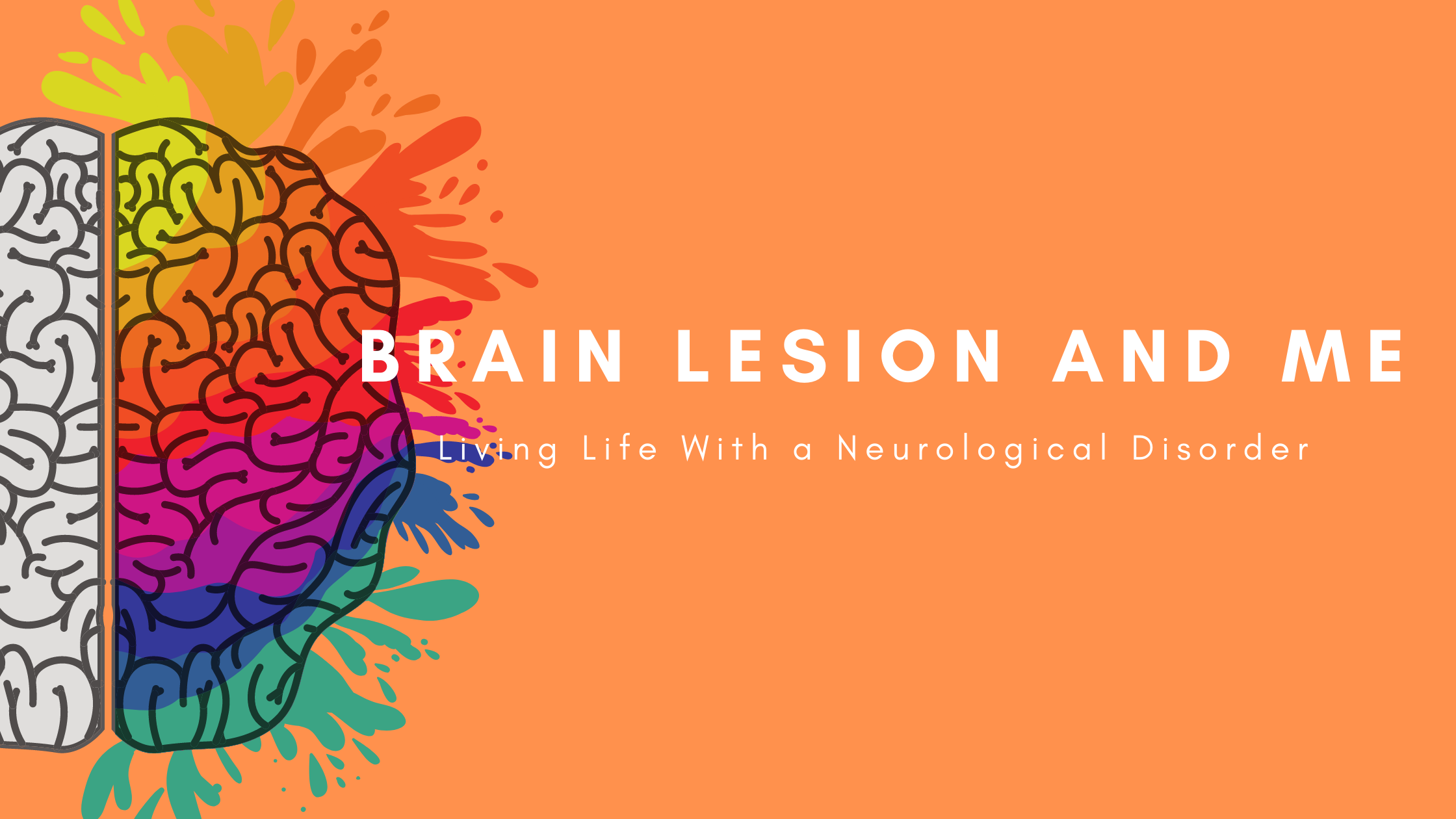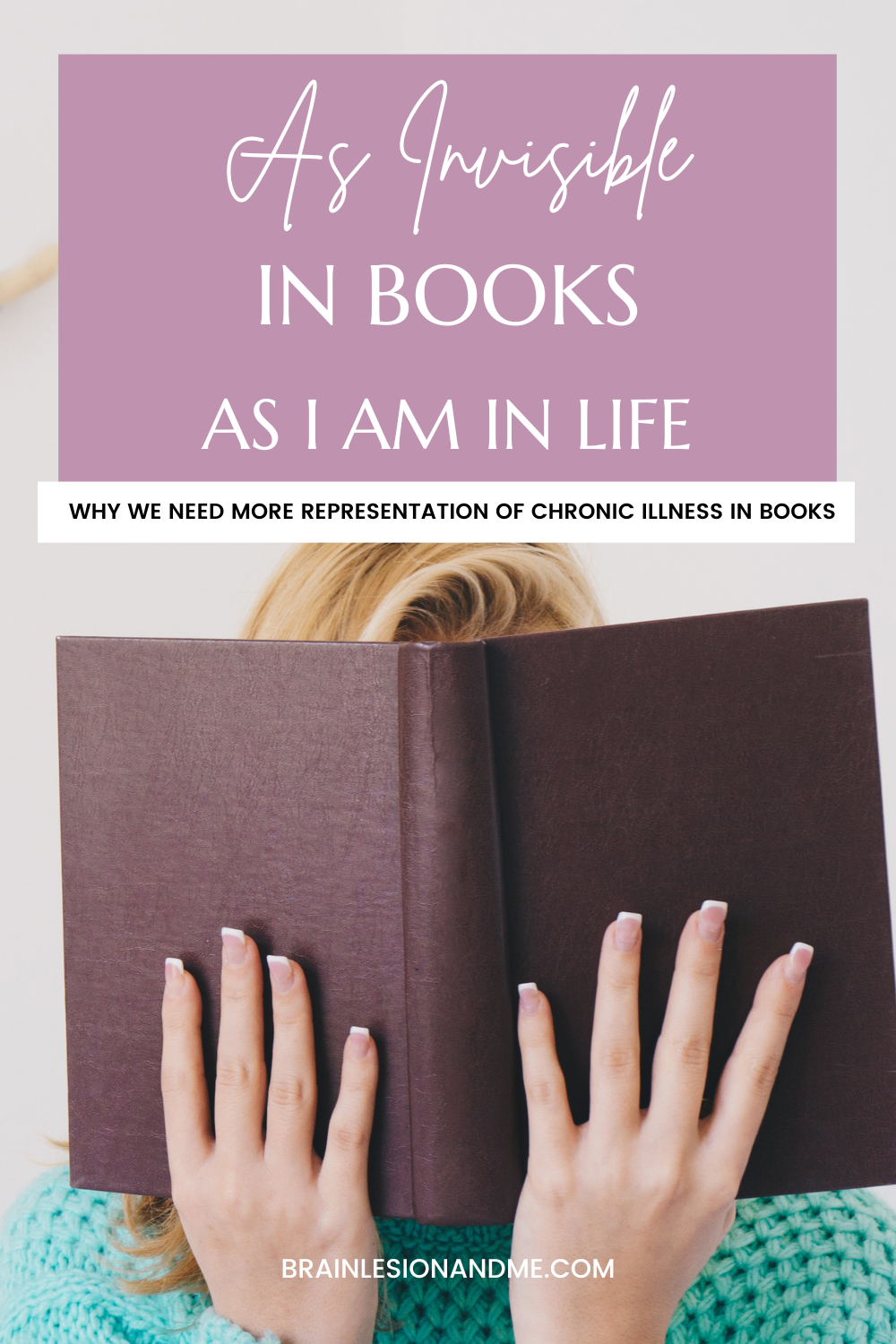Well, this is my first post for well over a month. I apologise for my long absence and lack of writing, but unfortunately, once again I have been battling rough seas as a result of the symptoms associated with my neurological condition.
Take my legs, for example, the trembling in my legs at times have felt so violent that everyday activities such as standing and walking have been particularly difficult.
Crippling fatigue has left me unable to function, and constantly finding myself falling asleep throughout the days but still finding myself with no energy no matter how much sleep that I had gotten!
Whilst experiencing these bad days, however, it made me realise the importance of pacing. Those of us living with chronic illness often report experiencing an increase in the severity of symptoms such as pain, fatigue, dizziness and cognitive difficulties after physical activity, and in particular when these activities have resulted in overexertion. Doctors have named this phenomenon ‘post-exertional malaise’ and although is often reported in relation to myalgic encephalomyelitis (ME, or CFS) many spoonies living with a variety of different chronic conditions also report experiencing post-exertional malaise.
Preventing post-exertional malaise therefore largely depends on limiting activity to a level that will not exacerbate symptoms.
Pacing oneself is not always easy our limits do not have clear, unchanging boundaries, in other words, we may find we are able to tolerate certain activities on some days but not on others. Despite this, however, pacing is often regarded as the most appropriate self-management strategy that helps us remain as active as possible whilst avoiding overexertion.
On bad days, therefore we need to limit our energy expenditure to the energy we have available.
Sounds easy right?
But in reality, it is far from easy, as is often difficult to know the amount of energy we actually have to spare, and especially difficult when living with a condition in which the severity of symptoms fluctuate, like mine. Despite this, however, the importance of pacing and not overexerting oneself to avoid a relapse of symptoms is a lesson that I have been learning the hard way.

Although pacing is important when living with chronic illness, sometimes it is just nice to get out and do something that would be completely normal if it weren’t for our chronic conditions
Take, for instance, a trip to a retail park that I took with my carer. A retail park with a plethora of shops to peruse at length. This particular retail park is quite large and due to the severity of the dizziness of late, it was a difficult trip to undertake but I was determined to push through the uncomfortable feelings and enjoy a day away from the prison that my house had become due to my condition.
Regular readers of my blog will know that when the dizziness is particularly bad as it has been of late, being in my wheelchair is extremely difficult for me and can often make it worse. As a result, I abandoned the wheelchair and used my two very wobbly legs to make my way around the shops.
The trip was actually a huge success, as after a difficult start due to unrelenting symptoms but despite this and due to my sheer stubbornness and determination I managed to walk around the entire complex.

Retail Park just like the one I managed to visit – take that brain stem lesion!
For me, it was a huge achievement, and although I was proud and enjoyed the day immensely, the days that followed were extremely difficult due to the severe symptoms that arrived days after the shopping trip. Intense pain, severe trembling in the legs, dizziness and unrelenting fatigue arrived in full force just hours after arriving back at home. And why? I had exceeded my energy limit and overexerted my body’s limit. I had failed to listen to my body and did not use the wheelchair when I probably should have. And this is not the only example of times when I have failed to listen to my body which resulted in the increase of my symptoms.
Living with chronic illness is often like surfing. When living with chronic illness, we often find that severe and unrelenting symptoms including pain, dizziness, and fatigue can knock us from being able to successfully live life, much in the same way large and violent waves swipe surfers from their surfboards into the deep waters below.
To live a successful life despite chronic illness, therefore, we must learn to ride the waves of life, learning to use self-management strategies to balance our lives against our conditions, and not let ourselves be overwhelmed by the waves that are our symptoms.
[Tweet “To live a successful life despite chronic illness, we must learn to ride the waves of life.”]

A new bracelet to remind me to ride the waves of chronic illness and to not let it stop me from living my life
So let us all learn to ride the waves of chronic illness and live our lives despite the barriers that it can create.
To not be overwhelmed by our difficult circumstances and create a life that although may be different from the one we envisioned, be meaningful and joyful.
To not be defined by our condition but rather be defined by the successes that we achieve despite it.





Pingback: How to Cope with a Neurological Condition: Rhiann Johns on Pain, Pacing and Positivity - The Health Sessions